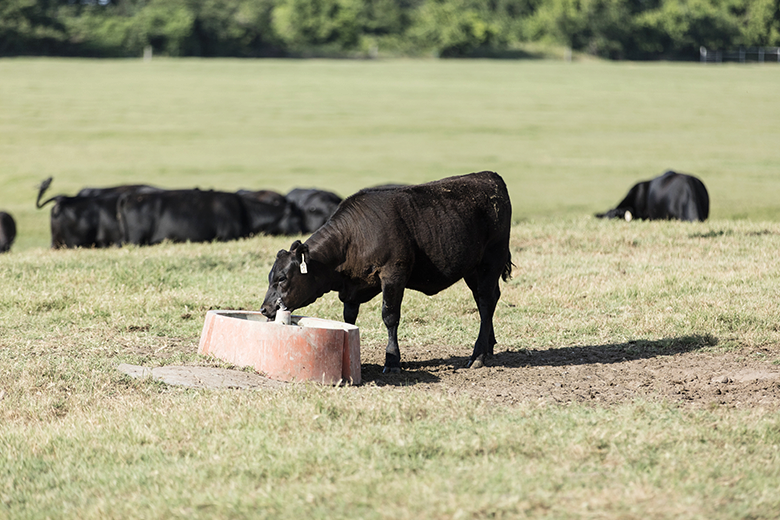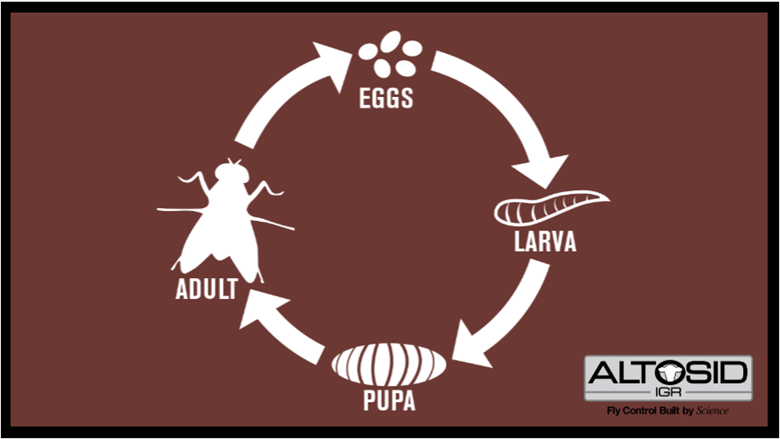
Every beef operation is going to see its fair share of flies on cattle. However, the problem begins when horn fly populations exceed the economic threshold. But how many is too many? When left untreated, horn fly infestations can reach up to 4,000 flies per animal, staying on the cattle both day and night. However, studies have shown that at a level of even 200 flies per animal, your bottom line and animals will begin to see the effects.
Tom McBeth, Regional Sales Manager, explains, "The economic threshold for beef cattle is about 200 horn flies per head. Livestock entomologists have established that when you get past about 200 horn flies per head on a beef animal, it will pay you to do something about it. So that's the point at which we want to bring that fly level down."
Losses from horn flies cost the industry an estimated $1 billion each year due to the stress they inflict and cattle disease they spread, inciting weight loss as high as 50 pounds per yearling. Establishing a horn fly control plan and incorporating a feed through product like Altosid® IGR will reduce this stress and promote both healthy weight gains among cattle and healthy profits. Altosid® IGR has been proven to effectively control the biting pests and keep horn flies below the economic threshold.
McBeth also notes the importance of controlling horn flies in dairy animals: "With dairy animals like heifers or dairy cows on pasture, they are a lot more sensitive. They have a different economic threshold altogether because with their cattle, when you get past about 50 horn flies per day, it begins to pay us to do something about it."
For confined cattle operations, McBeth recommends another proven product: "For controlling flies around dairies, feedlots, any other confined cattle operation, ClariFly® Larvicide is the proven leader in the industry. It's become the standard."
Stay ahead of these horn fly populations by keeping an eye on the amount of flies you see on your herd. You'll typically see horn flies clustered along the midline and spreading down the sides of the animal or on hot days, moving onto the cattle's undersides. To most accurately estimate horn fly populations, check on your cattle in the morning while flies are still on upper sides of the animal.
Want to learn more? Watch Tom McBeth discuss economic thresholds and his tips for controlling fly infestations.



